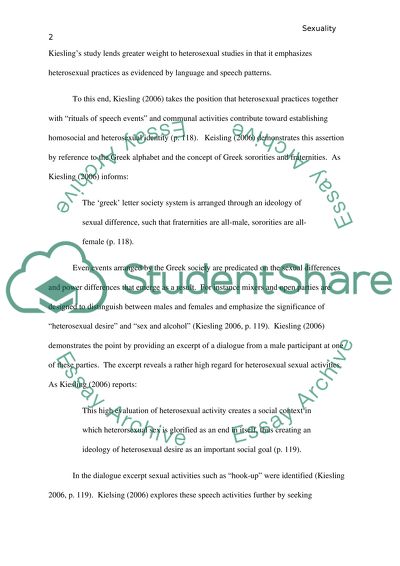Cite this document
(“Critical review Essay Example | Topics and Well Written Essays - 1000 words”, n.d.)
Retrieved de https://studentshare.org/environmental-studies/1413898-critical-review
Retrieved de https://studentshare.org/environmental-studies/1413898-critical-review
(Critical Review Essay Example | Topics and Well Written Essays - 1000 Words)
https://studentshare.org/environmental-studies/1413898-critical-review.
https://studentshare.org/environmental-studies/1413898-critical-review.
“Critical Review Essay Example | Topics and Well Written Essays - 1000 Words”, n.d. https://studentshare.org/environmental-studies/1413898-critical-review.


